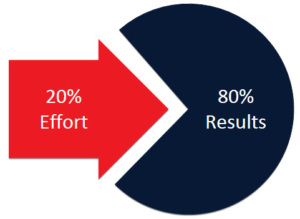Explore & Expand
The 80/20 Rule – Doing More by Doing Less
In today’s modern world, people often face work pressures, less personal time, and low labor productivity. To solve these problems, many experts have studied and proposed solutions. Among them, the 80/20 rule is considered one of the most effective methods to optimize time, increase productivity and improve quality of life.
The 80/20 rule, also known as the Pareto Principle, was first introduced by the Italian economist Vilfredo Pareto in 1896. He discovered that only 20% of the population held 80% of the wealth in Italy. Since then, this principle has been widely applied in many fields and shows the imbalance between causes and results.
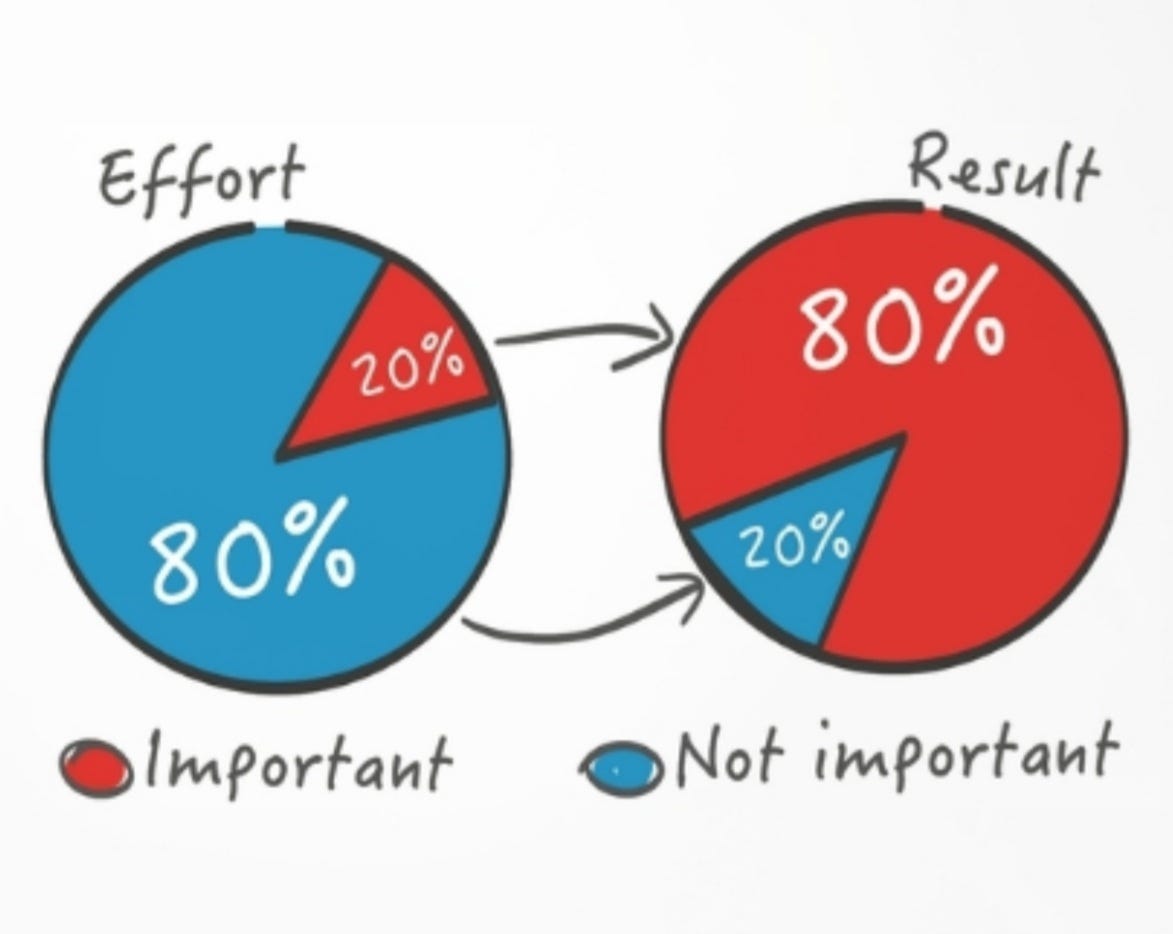
Today, the 80/20 rule has become an important tool to help people focus on the 20% of work that generates 80% of value and results, thereby increasing efficiency and productivity. It has been proven to be effective in goal setting, time management and relationships. So how is this principle applied to improve life? Let’s find out through the article below.
The origin of the 80/20 rule
- In 1896, the Italian economist Vilfredo Pareto discovered that 80% of the land in Italy was owned by 20% of the richest population. This shows the very uneven distribution of wealth in society.
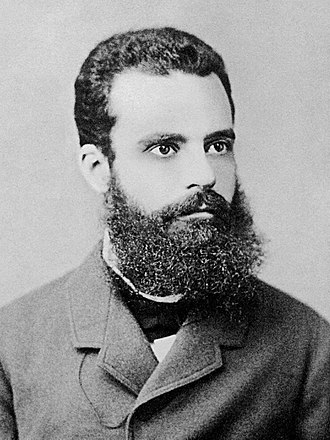
- Later, Pareto also found that the 80/20 distribution was repeated elsewhere: 20% of the richest people control 80% of the world’s wealth; 20% of customers consume 80% of the company’s output; 20% of the most profitable stocks account for 80% of investment profits…
- This rule was named after Pareto and called Pareto’s Principle or the 80/20 rule. This is considered one of Pareto’s most important discoveries, helping to explain many social phenomena.
Explanation of the 80/20 rule
- The 80/20 rule states that in most situations, 80% of the results come from 20% of the main causes. In other words, with just 20% of the effort or input, it is possible to generate 80% of the desired results or output.
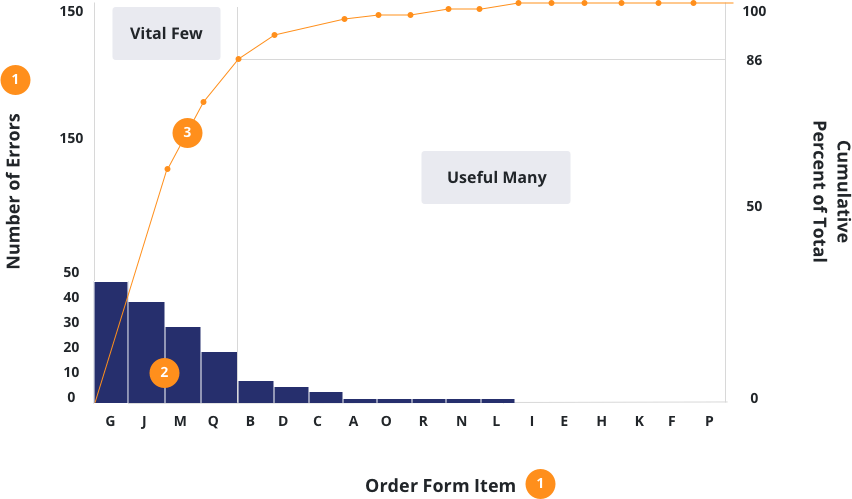
- Specifically, 20% of the activities will yield 80% of the results. Conversely, 80% of the activities only contribute 20% of the results.
- For example, in business, 20% of customers generate 80% of the company’s revenue. At work, 20% of working time produces 80% of the results. In friendships, 20% of the closest friends provide 80% of the joy.
- The 80/20 rule shows a clear imbalance between causes and results. A small part of the causes gives rise to a large part of the results. This is very useful in setting goals and prioritizing work.
Applying the 80/20 rule to goal setting and time management
- Identify the most important goal: When setting goals, write down 10 important goals to achieve. Then, based on the 80/20 rule, choose the goal that has the greatest impact if you accomplish it. That is the top 20% goal you should focus on.
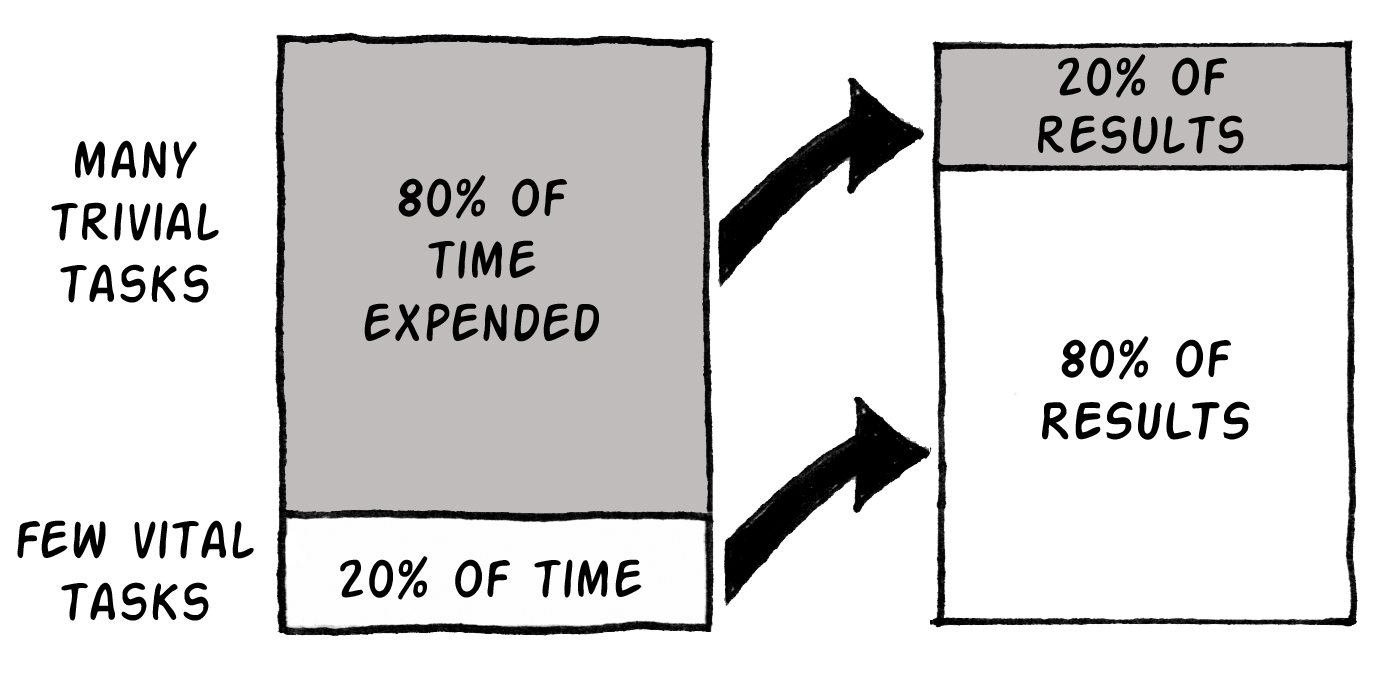
- Focus on 20% important work: In time management, before starting anything, ask yourself if this is a top 20% important task that needs to be done. You should only spend time on those tasks.
- Save time by finding tasks that can be done by others. Assess whether about 80% of the work can be done by someone else. No need to spend time on simple, repetitive tasks yourself. Can hire people or delegate to others.
- In studying: Apply the 80/20 rule to study more effectively. Instead of trying to learn all the content, focus on the top 20% most crucial knowledge to get high scores without having to learn everything.
Applying the 80/20 rule to relationships
- In friendships, family relationships, the top 20% closest people will provide 80% of the joy and happiness in life. Therefore, it is not necessary to have too many friends to feel satisfied.

- Instead, focus on building quality relationships with the top 20% of your closest friends and family. Spend more time nurturing those relationships.
- The quality of relationships is more important than the number of friends or relatives. So do not waste time on too many meaningless relationships.
Benefits of applying the 80/20 rule
- Helps focus on the most important tasks to achieve maximum efficiency and results. No time and energy wasted on unimportant tasks.

- Saves time by eliminating unnecessary, inefficient tasks. Focus energy on the 20% important tasks.
- Increase productivity and work efficiency. Get more done with less effort. Optimize available resources.
- Improve quality of life by focusing on what really matters, eliminating unnecessary constraints.
- Build quality relationships, instead of wasting time on too many meaningless relationships.
- Reduce unnecessary stress and tension from trying to do too many things at once.
Conclusion:
The 80/20 rule is a useful tool to evaluate and improve work efficiency as well as quality of life. By identifying and focusing on the 20% of activities that generate 80% of the value, we can work more efficiently and intelligently. Try applying this principle to your life to experience the benefits it brings. The 80/20 principle will help focus your energy on the right things, eliminate waste and optimize available resources to achieve your goals.
Read more:
The Eisenhower Matrix – An Effective Time Management Tool For A Busy Life
Take control of your time with 4 simple effective time management skills


